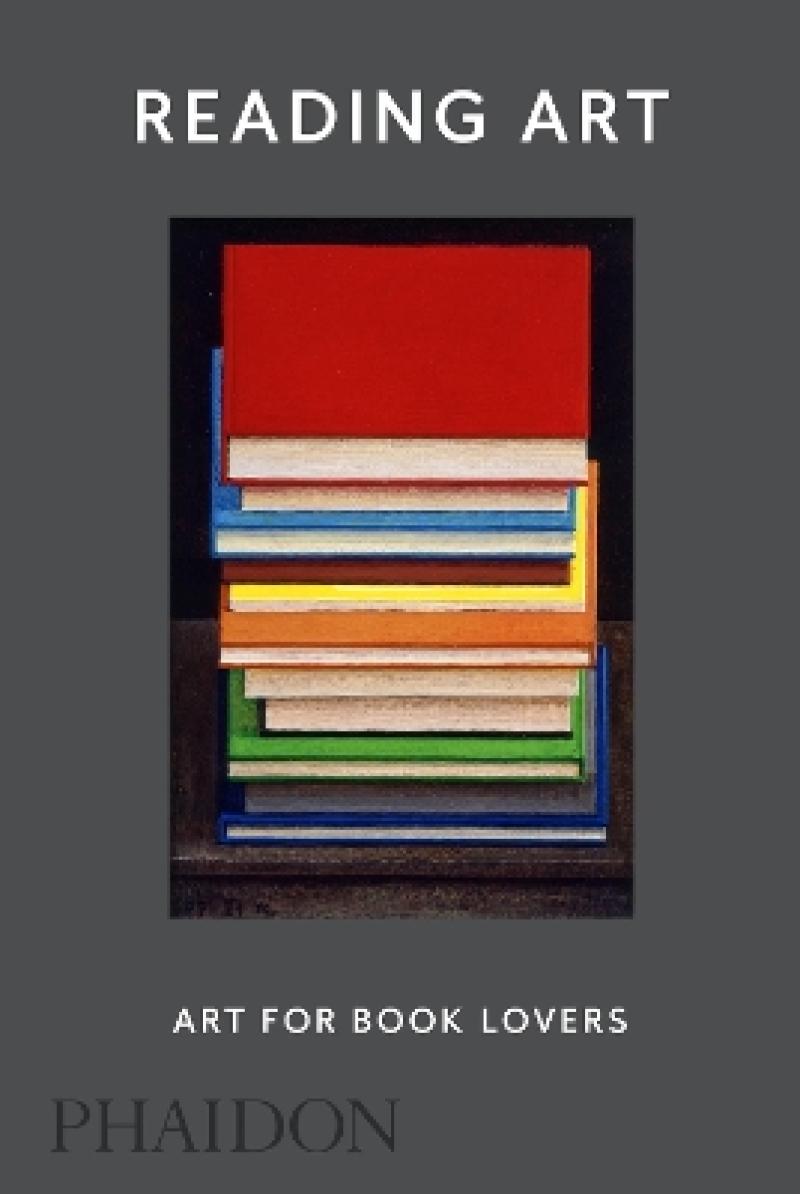A celebration of artworks featuring books and readers from throughout history, for the delight of art lovers and bibliophiles
As every book tells a story, every book in art is part of an intriguing, engaging, and relatable image. Books are depicted as indicators of intellect in portraits, as symbols of piety in religious paintings, as subjects in still lifes, and as the raw material for contemporary installations. Reading Art spotlights artworks from museums and collections around the globe, creating a gorgeous, inspiring homage to both the written word and to its pivotal role in the visual world.
Les mer
Produktdetaljer
ISBN
9780714876276
Publisert
2018-05-30
Utgave
1. utgave
Utgiver
Vigmostad & Bjørke AS (VB Import)
Vekt
929 gr
Høyde
210 mm
Bredde
144 mm
Dybde
35 mm
Aldersnivå
Voksen
Språk
Product language
Engelsk
Format
Product format
Innbundet
Sjanger
Faglitteratur
Forfatter
